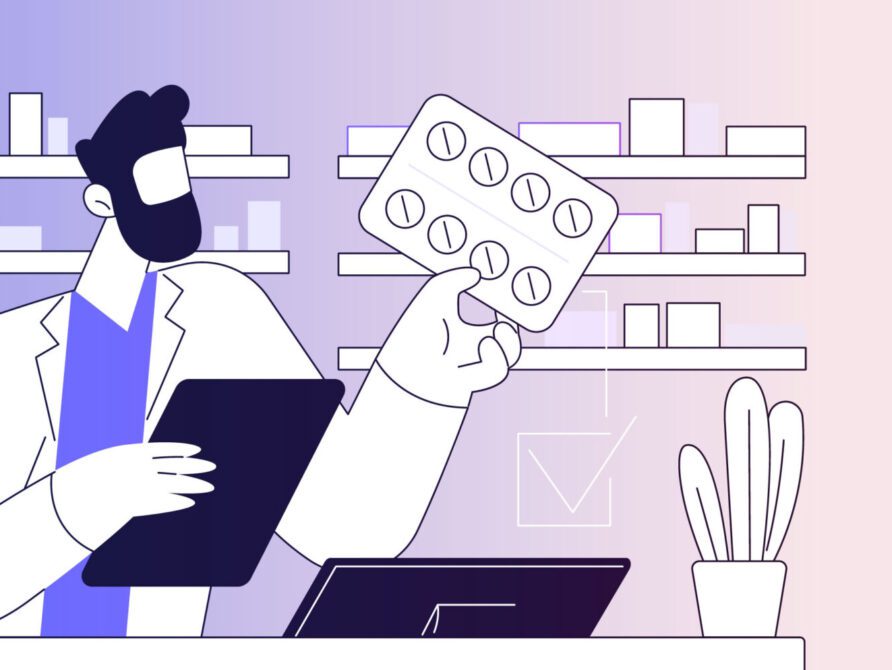Article
The importance of being (efficiently) upgraded: Relieving change fatigue for better patient care
Healthcare technology is always evolving. We hear that phrase a lot in the healthcare world—because it’s true. A lot has happened since the introduction of the HITECH Act of 2009, and this healthcare IT evolution just keeps picking up momentum.
But this reality, as positive as it is overall, comes with challenges. And I have seen them firsthand in my experience as a hospital EHR and IT Business Systems leader. Recently, I have also come to understand that the rapid progress made by technology vendors does not need to slow down excellent care delivery. And with the right health IT partner, users can benefit from consistently honed technologies. More than that, without the fatigue that comes from upgrading, we can see patient care and satisfaction outcomes improve.
I have also come to understand that the rapid progress made by technology vendors does not need to slow down excellent care delivery. And with the right health IT partner, users can benefit from consistently honed technologies.
Technology upgrades: Better today than yesterday
Like with any piece of technology, updates are necessary—for security, usability and upward functional progress. For large IT systems, like EHRs, these upgrades are critical in maintaining clinical efficiencies for users, adhering to regulatory mandates and supporting next-level care delivery. It isn’t always as easy as clicking a button, and at Altera, we understand this as a reality.
As clinical and revenue cycle software and electronic health records undergo these continuous (and necessary) updates, clinicians and other users can find themselves grappling with steep learning curves associated with each new iteration. This can lead to frustration and decreased efficiency, diverting focus away from patient interactions and potentially compromising the quality of care. Consequently, when healthcare workers are overwhelmed by the necessity to adapt to new technologies, the risk of errors increases, and the overall patient experience may suffer, highlighting the critical need for systems that prioritize usability alongside innovation.
Patients at the center
The fact will always remain: Clinical users need technology that works for them, not against them. This idea seems obvious, and maybe it ought to be, but with so much technical progress happening across the industry, we can’t lose sight of our goal to ensure patient care and patient experience are improved through technology. And, when these systems need necessary updates, your organization needs a way to keep patient care front and center.

Better testing for better outcomes
When systems need upgrading, there is bound to be down time. While expected, it isn’t always conducive to maintaining streamlined care delivery. When systems are down, it becomes difficult—sometimes impossible—for clinicians to see patients and perform procedures. Patients expect care when and where they need it, and quite honestly, they don’t care about what goes on behind the scenes. System upgrades should not cause fatigue nor should they impede patient expectations of care. Due to this fatigue and need to minimize downtime, we see these upgrades happening where only the “regulatory” or break-fix changes are implemented, as taking any additional enhancements can be even more daunting and time-consuming.
This doesn’t have to be the case. At the very least, these upgrades don’t have to become barriers to care. With a health IT partner equipped to perform system testing during critical upgrades, organizations can reduce the headaches often associated with upgrading. We have seen great success with Altera’s Testing Center of Excellence service, particularly with Hendrick Health System, a client whose care delivery never faltered during a recent EHR upgrade. Read more about the story here and learn how Altera helped clinicians stay up on patient care while also ensuring the hospital prevented unnecessary waste.
Upgrades are a reality, and in this reality, we can find ways to keep technology upgrades as seamless as possible while ensuring the goal of technology never wavers: Next-level care for every patient, every day.












